Slow cookers have earned their place as a beloved kitchen companion, especially for busy households looking to create hearty, home-cooked meals with minimal hands-on time. These appliances shine when transforming tough cuts of meat into fork-tender delights and coaxing deep flavor out of humble ingredients. Whether you’re simmering stews, crafting comforting casseroles, or prepping a week’s worth of meals, the slow cooker offers convenience without sacrificing taste. Its low-and-slow method is perfect for bringing out rich, complex flavors with little active cooking required.
However, this seemingly foolproof tool does have its limitations. Certain foods simply don’t play well with the extended cooking times and moist heat that slow cookers rely on. Some ingredients may turn to mush, lose their texture, or even leach out nutrients during the long cooking process. Others can introduce food safety risks or create unappetizing results when exposed to low temperatures for too long. Knowing which foods are best left out of the slow cooker is essential to preserving flavor, texture, and safety in your dishes. By steering clear of these common slow cooker mistakes, you’ll ensure that every meal turns out as delicious and satisfying as intended.
1. Dairy Products
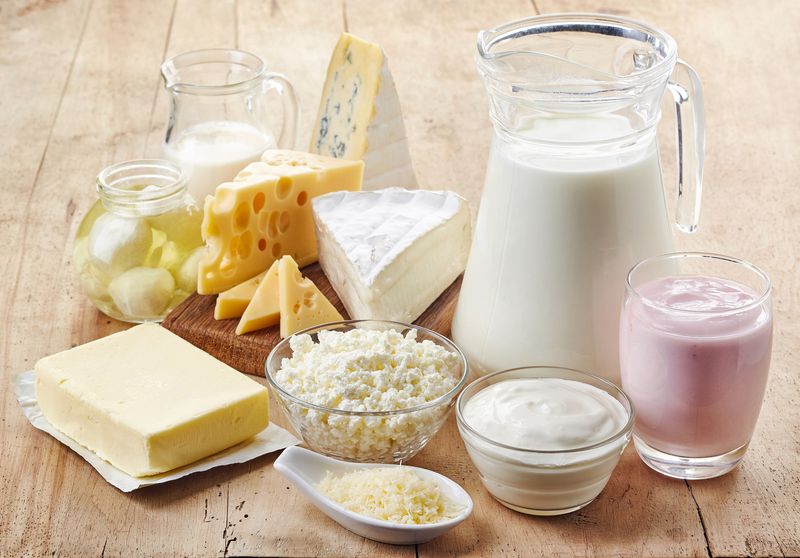
Milk, cream, and soft cheeses turn into a curdled mess when exposed to prolonged heat. The proteins break down and separate, creating an unappetizing texture that ruins your dish.
Adding dairy products at the beginning of slow cooking also increases the risk of bacterial growth. The temperature range where slow cookers operate can be dangerous for dairy ingredients.
Instead, stir in cream, milk, or cheese during the final 30 minutes of cooking. This preserves their smooth texture and prevents curdling while still incorporating their rich flavors into your meal.
2. Delicate Fish and Seafood
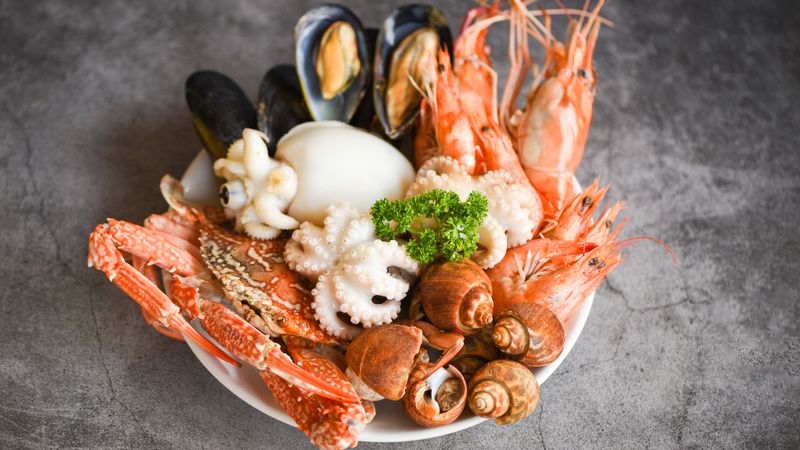
Tender fish fillets and shellfish require precise timing and gentle heat to maintain their delicate texture. Slow cookers cook too long and hot, turning seafood into rubber.
Most fish cooks completely in just 15-20 minutes, while slow cookers run for hours. This extended cooking time breaks down the proteins excessively, creating a mushy, unpalatable result.
Save your expensive salmon and shrimp for quick stovetop or oven methods. If you want seafood in slow-cooked dishes, add it during the last 20-30 minutes when other ingredients are nearly finished cooking.
3. Pasta and Rice
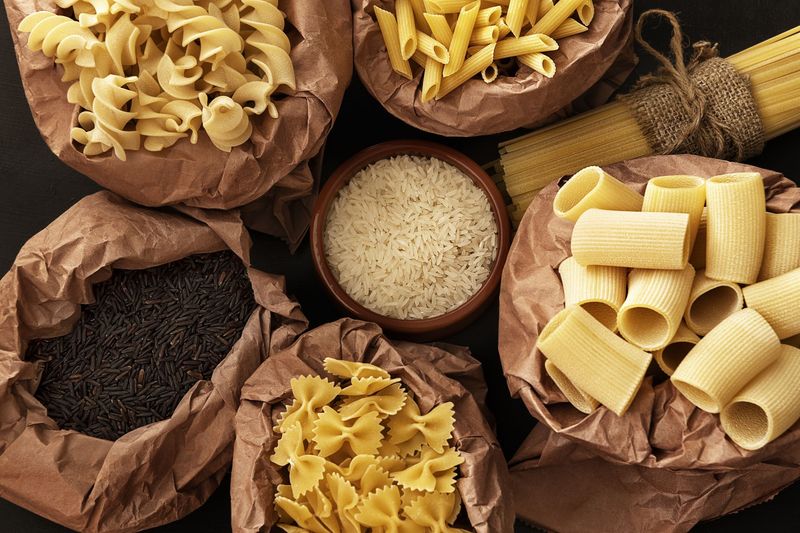
Starches absorb liquid continuously during long cooking times, transforming from perfectly tender to complete mush. Your beautiful pasta shapes disappear into a gluey mass that resembles baby food.
Rice faces similar problems, becoming sticky and losing its individual grain structure. The extended moisture exposure breaks down the starches completely, ruining the intended texture of your dish.
Cook pasta and rice separately using traditional methods, then add them to your slow-cooked sauce or stew just before serving. This maintains their proper texture while still combining all the flavors beautifully.
4. Fresh Herbs
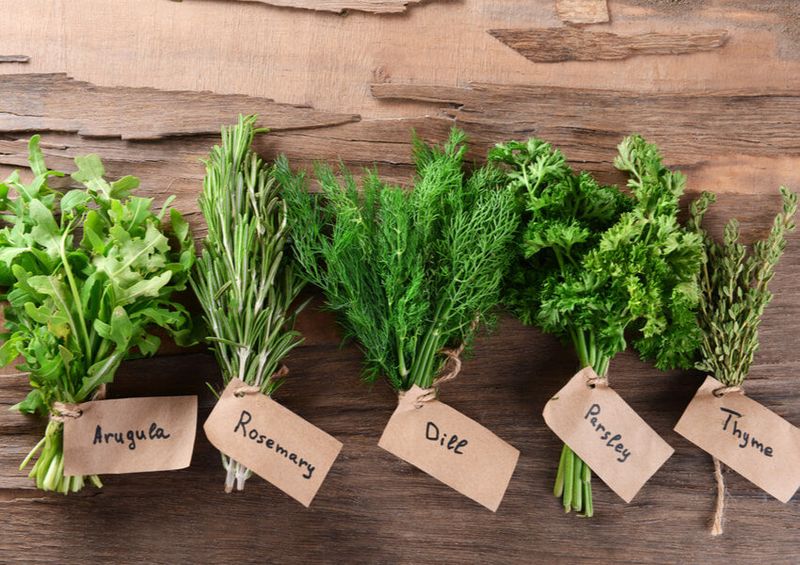
Basil, parsley, and cilantro lose their vibrant color and fresh flavor when cooked for hours. The delicate oils that give herbs their distinctive taste evaporate or break down under prolonged heat.
What remains are brown, bitter remnants that add nothing positive to your dish. The beautiful green color turns muddy, making your food look unappetizing despite potentially tasting okay otherwise.
Reserve fresh herbs for garnishing finished dishes or add them during the final 15 minutes of cooking. Dried herbs work better for long cooking times, though they should still be added thoughtfully to prevent bitterness.
5. Lean Cuts of Meat
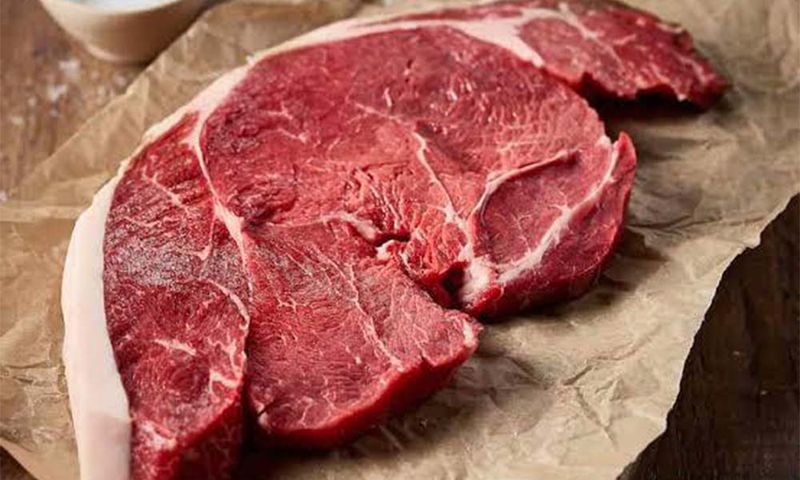
Chicken breasts, pork tenderloin, and other lean proteins become dry and stringy when slow-cooked. These cuts lack the fat and connective tissue that keeps meat moist during extended cooking periods.
Without sufficient marbling, the muscle fibers tighten and squeeze out moisture, leaving you with meat that resembles cardboard. No amount of sauce can rescue overcooked lean protein from this fate.
Choose fattier cuts like chicken thighs, pork shoulder, or beef chuck for slow cooking success. These cuts have enough fat and collagen to stay tender and juicy throughout the long cooking process.
6. Vegetables That Cook Quickly
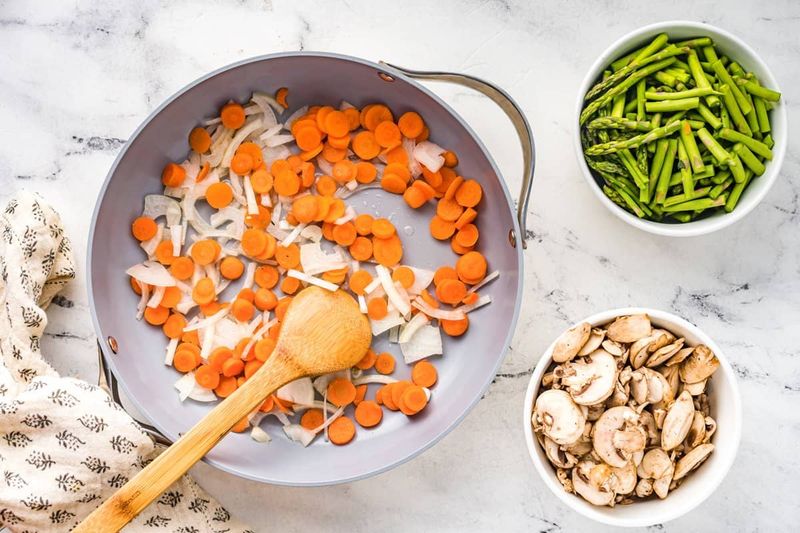
Zucchini, bell peppers, and leafy greens turn to mush when subjected to hours of slow cooking. These vegetables have high water content and delicate cell walls that break down rapidly under heat.
What should be colorful, nutritious additions to your meal become shapeless, flavorless masses. Spinach completely disappears, while zucchini loses all structural integrity and becomes watery pulp that dilutes your dish.
Add quick-cooking vegetables during the final 30-60 minutes of slow cooking. This preserves their texture, color, and nutritional value while still allowing them to absorb the flavors from your dish.
7. Frozen Meat
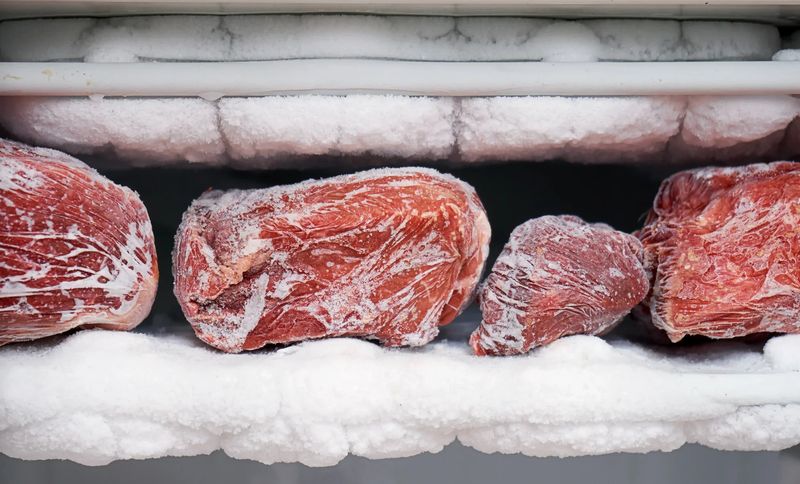
Starting with frozen meat creates a dangerous temperature zone where bacteria can multiply rapidly. Slow cookers take too long to bring frozen proteins to safe cooking temperatures, risking foodborne illness.
The outer portions of frozen meat may reach unsafe temperatures while the center remains frozen, creating perfect conditions for bacterial growth. This temperature danger zone can last for hours in a slow cooker.
Always thaw meat completely in the refrigerator before adding it to your slow cooker. This ensures even heating and eliminates food safety risks while producing better texture and more even cooking throughout.
Leave a comment